For many users it is not clear what interface these devices are connected to. Most of the TV interface will feel very confused, so we still need to use some of the major TV interfaces. Here's a summary of common TV interface usage. One, HDMI interface HDMI is called High Definition Multimedia Interface. HDMI can not only transmit video signals, but also support audio signal transmission. In the traditional Blu-ray TV, or Internet TV or popular smart TV, there are HDMI interfaces, and the development of 4K ultra-high-definition also makes the HDMI interface continuous improvement and upgrade. The HDMI 1.4 interface is the most commonly used, it supports 3840x2160 resolution and can support up to 30FPS frame rate picture playback. Connect Blu-ray HD devices and play 4K video. In September 2013, the HDMI 2.0 interface emerged, which maintains a resolution of 3840x2160, and supports playback of pictures at 60 FPS frame rate, up to 32 channels of output, and 1536 kHz audio sample rate. HDMI interface main users to connect video equipment, such as smart TV boxes, XBOX and PS and other game consoles, but also provide HDMI interface, in addition, now buy a TV, generally do not give random HDMI cable, when buying, we must try to buy Dachang's HDMI cable to ensure that the TV picture and sound have a good playback performance. Second, USB interface The USB interface is also the interface that everyone hears the longest and the longest to see, usually used by cell phones to charge or link computers. The USB interface is called the Universal Serial Bus. The Chinese is literally translated as Universal Serial Bus. In the CRT era, there is no USB interface. Later entered the era of LCD TVs, USB interface began to emerge. In the early days of many non-smart TVs, we can find the USB2.0 interface. The decoding function can be realized by a built-in Blu-ray high-definition decoding chip inside the TV. The USB2.0 interface as an input interface allows users to connect the device such as a USB flash drive, mobile hard disk, or card reader to directly read audio and video files. The supported file formats are also widely used. Including the familiar MP4, AVI, MKV, RM, RMVB, TS, TP and other video files, and MP3, ACC, FLC and other formats of audio files, such as JPG, PNG, BMP, etc., like shooting out video Or photos. Many TV manufacturers have added new USB 3.0 interfaces to their 4K TVs. USB3.0 interface can achieve 5-10Gbps transmission speed, completely off the USB2.0 interface a few streets, the maximum speed can reach 640MB / s, enough to meet the needs of 4K Ultra HD transmission. Third, the memory card interface In order to realize various functions of smart TVs, it is also inseparable from the support of various APPs. Many smart TVs only have a small amount of built-in storage space, and there is not much space for users to use. How to expand the storage space of smart TVs is also a matter of great concern to everyone. In order to solve this problem, it is to add a memory card interface. At present, most smart TVs are equipped with SD card expansion interfaces. Under normal circumstances, the mainstream 16GB and 32GB memory cards can be fully compatible, and the largest ones can support 128GB or even 256GB SD cards. When some manufacturers support the Micro SD card interface, which is often referred to as TF card, so the biggest advantage is that it is convenient for users to directly put the phone card into the smart TV for resource sharing. However, at present, there are not many smart TVs that support TF card expansion. In actual use, there are occasions when the SD card or TF card is put into the TV slot and the TV cannot recognize the memory card. When such a problem arises, everyone does not need to worry. If it can be identified on a computer or a mobile phone, only the smart TV cannot recognize it. You can use the built-in memory card function on your TV to format the memory card so that the TV can be successfully identified. In addition, in the process of using SD card or TF card, after use, everyone should use the TV menu to remove or uninstall the memory card to prevent the loss of files in the memory card. Fourth, audio interface In terms of audio interfaces, there are currently two types of analog audio interfaces and digital audio interfaces. These two types of interfaces are suitable for different user groups. Let's take a look at the analog audio signal interface. In the CRT era, we often used red, white, and yellow cables to connect peripherals such as DVDs. Red and white in red and white, refers to the analog audio interface. In the analog audio interface, there are two different interfaces for the left channel and the right channel, where the left channel is identified by the English symbol L and the color is indicated by white. The right channel is marked with English R and marked with a red interface. A red and a white are connected at the same time, achieving a stereo effect. Into the digital age, audio interfaces are also constantly developing. At present, some brands of mid-to-high-end smart TVs have joined the optical audio interface. The English name is Optical. The optical fiber interface transmits digital signals in the form of light pulses. The material is mainly glass or plexiglass. The optical fiber also uses the S/PDIF interface output. It has high bandwidth and small signal attenuation. It is often used to connect DVD players, Blu-ray high-definition players, and other devices, which can bring even better sound quality performance. However, the average user does not use the fiber interface to connect. This is because, because the HDMI interface can transmit audio, many users have adopted the HDMI unicom method to connect, and the high-level interface of the optical fiber has gradually been forgotten. There are also some TV manufacturers that have added microphone input interfaces to the product, as well as audio input interfaces. The addition of the new interface, together with the K-song function in the smart TV, allows the user to connect the microphone, enjoy the fun brought by the K song at home, and enhance the core competitiveness of the TV. Fifth, other interfaces The color difference component interface also transmits the video signal. The color difference component interface exists in two forms at present, namely YPbPr and YCbCr. The former is the line-by-line color difference component, and the latter is the interlaced color difference component. Relatively speaking, the progressive color difference component has a better effect. In the color difference component interface, the brightness is marked with Y, and the chroma and brightness are separated and processed into three primary colors: red, green, and blue. This is also the origin of the color difference component name. Specifically on the interface, the three connectors are distinguished by green, blue, and red, respectively. Maybe some users have to ask, since the color difference component is an analog interface, why not be eliminated? The reason is that the color difference component interface has a good support for 1080P Full HD, which means that it can achieve 1920x1080 resolution output. The cable set-top box products that are being used at home are generally equipped with a color difference component analog interface in addition to the HDMI digital interface. What is considered is the compatibility issue of some old models. For example, users who are still using CRT TVs can connect through the color difference component of the cable TV set-top box, which will make up for the lack of connection with the HDMI interface. In fact, with the color difference component interface, there is AV input interface, that is, everyone is familiar with the red, white and yellow interface. However, in terms of picture quality, the AV input interface does not perform satisfactorily. This is because it provides analog signals. In terms of resolution, not to mention 1080P full HD, even the resolution of the 720p SD cannot reach. Therefore, the AV input interface gradually fades out of sight and is only used to connect some old devices. How to install third-party applications after smart TVs are purchased? Xiao Bian finally recommended the most reliable TV application market for everyone - sofa butler, you can download all kinds of live broadcast, on-demand, games and other applications, and all software can be downloaded for free. This content is copyrighted exclusively by SofaNet. Welcome manufacturers to further exchanges and cooperation with us to create more in-depth product reports. Sofa Net is an Internet technology company specializing in smart TVs and boxes. It owns popular products such as sofa butlers, sofa tables, and sofa forums. It has been committed to providing high quality application resources for smart TV and TV box users and active community exchanges. And authoritative evaluation of smart TV products.
Moulded Case Circuit Breaker is MCCB , How to select good Molded Case Circuit Breaker suppliers? Korlen electric is your first choice. All moulded Case Circuit Breakers pass the CE.CB.SEMKO.SIRIM etc. Certificates.
Moulded Case Circuit Breaker /MCCB can be used to distribute electric power and protect power equipment against overload and short-current, and can change the circuit and start motor infrequently. The application of Moulded Case Circuit Breaker /MCCB is industrial.
Molded Case Circuit Breaker Molded Case Circuit Breaker,Small Size Molded Case Circuit Breaker,Electrical Molded Case Circuit Breaker,Automatic Molded Case Circuit Breaker Wenzhou Korlen Electric Appliances Co., Ltd. , https://www.korlen-electric.com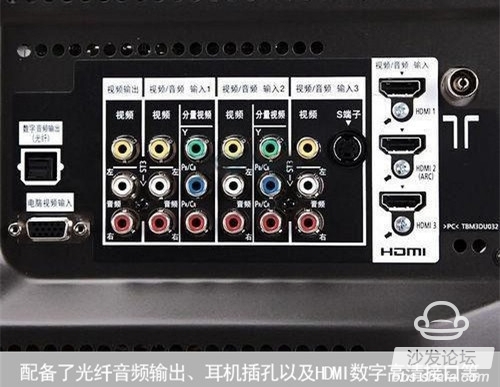
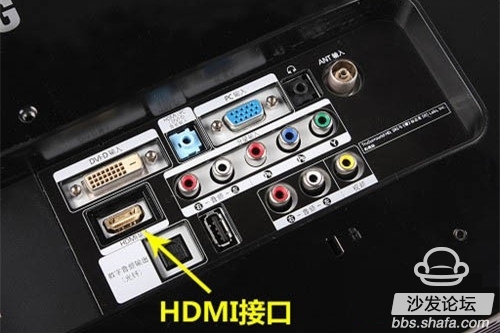
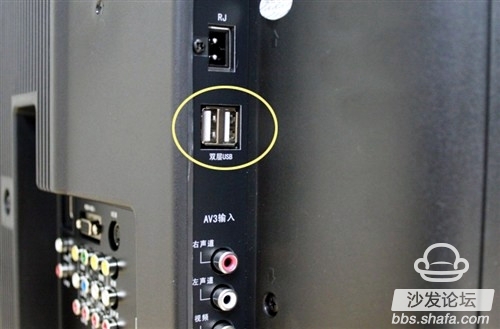

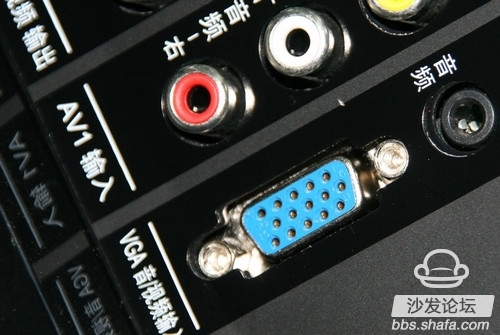
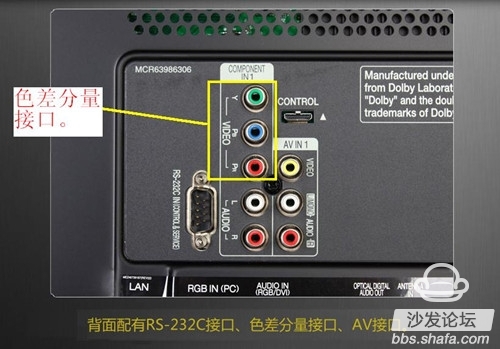
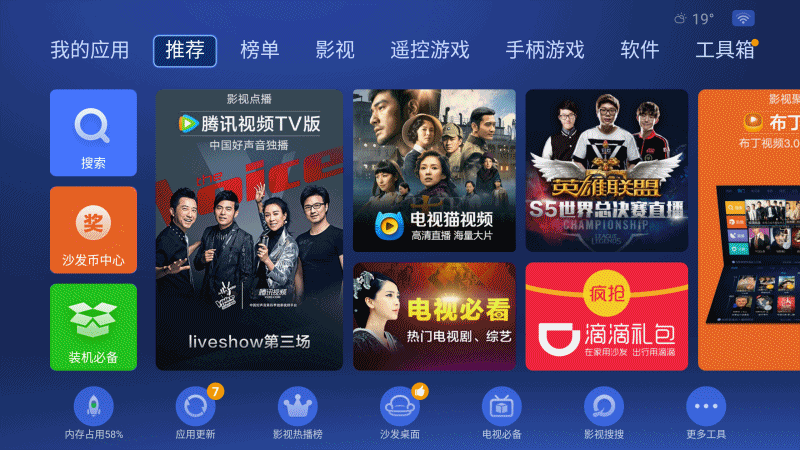


Korlen electric also provide Miniature Circuit Breaker / MCB . Residual Current Circuit Breaker /RCCB. RCBO. Led light and so on .
Smart TV box recommended to install sofa butler, download address: http://app.shafa.com/